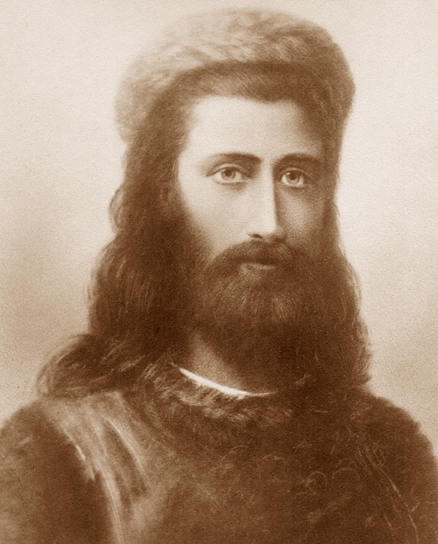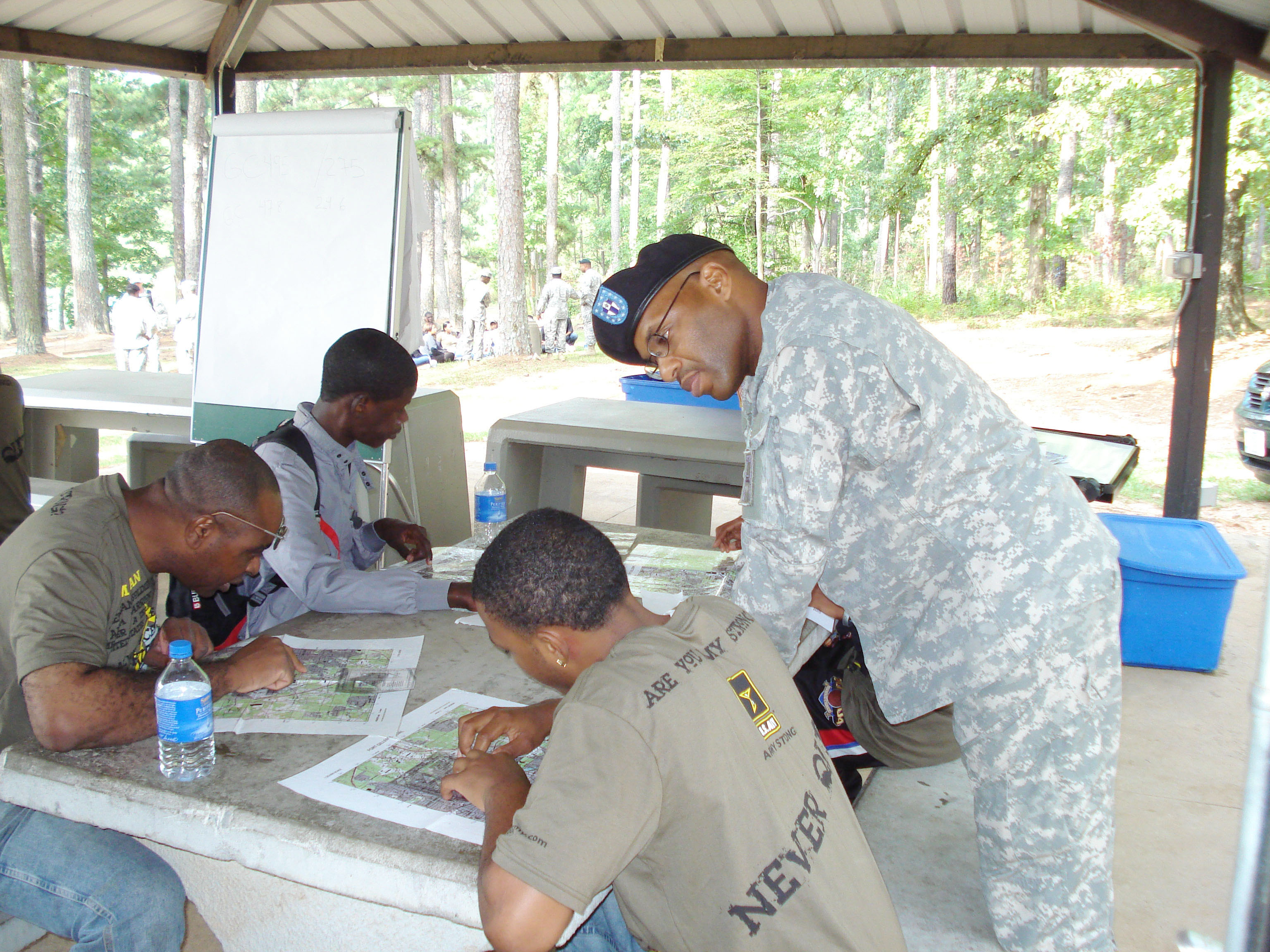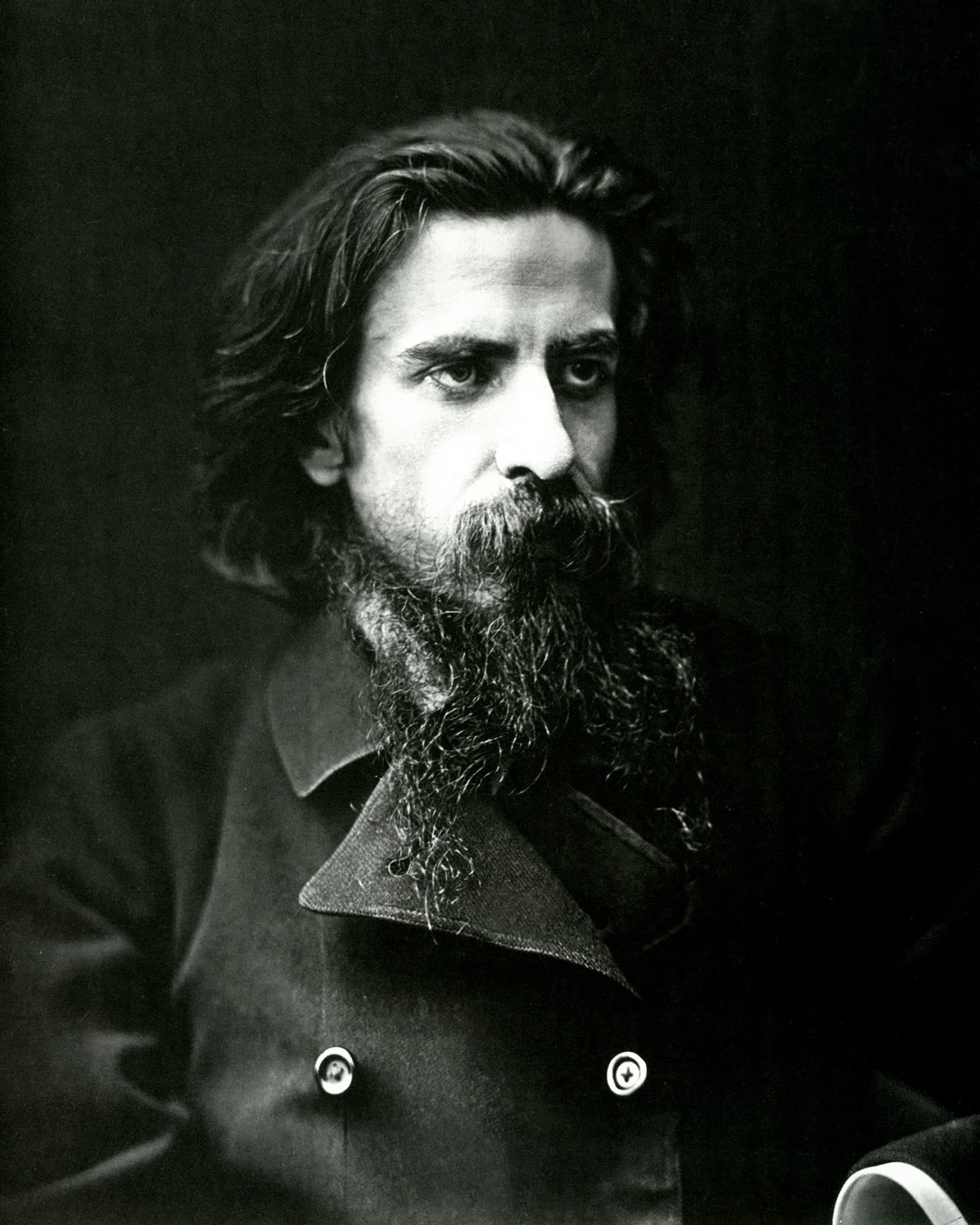|
Mahatma Letters
''The Mahatma Letters to A.P. Sinnett'' is a book published in 1923 by A. Trevor Barker. () According to Theosophical teachings, the letters were written between 1880 and 1884 by Koot Hoomi and Morya to A. P. Sinnett. The letters were previously quoted in several theosophical books (e.g. ''The Occult World'' by Sinnett), but not published in full. The letters were important to the movement due to their discussions on the theosophical cosmos and spiritual hierarchy. From 1939, the original letters were in the possession of the British Museum but later the British Library. The book was both praised and criticized by theosophists. Dr H. N. Stokes called the book "the most authoritative work of a theosophical nature ever made accessible to the public. It is simply transcendent in its importance." Criticism Max Müller (Indologist and philologist) wrote that if "Mrs. Blavatsky would have tried to confess openly her small faults and indiscretions, instead sending letters through the ... [...More Info...] [...Related Items...] OR: [Wikipedia] [Google] [Baidu] |
Koot Hoomi
Koot Hoomi (also spelled Kuthumi, and frequently referred to simply as K.H.) is said to be one of the Mahatmas that inspired the founding of the Theosophical Society in 1875. In Theosophy it is believed that he engaged in a correspondence with two English Theosophists living in India, A. P. Sinnett and A. O. Hume, which correspondence was published in the book '' The Mahatma Letters to A. P. Sinnett''. Skeptics have described Koot Hoomi and the other Mahatmas as a hoax. Stein, Gordon. (1993). ''Encyclopedia of Hoaxes''. Gale Group. p. 224. Personal features Little descriptive references to K.H. occur in '' The Mahatma Letters to A. P. Sinnett'' and the writings of Mme. Blavatsky. The name Koot Hoomi seems to be a pseudonym. We find a reference to a "Rishi Kuthumi" in several Puranas, as for example in the Vishnu Purana (Book 3, Chapter 6) where he is said to be a pupil of Paushyinji. In reference to this Mme. Blavatsky wrote: The name of Rishi Koothumi is mentioned in m ... [...More Info...] [...Related Items...] OR: [Wikipedia] [Google] [Baidu] |
Vernon Harrison
Vernon George Wentworth Harrison (14 March 1912 – 14 October 2001) was a president of the Royal Photographic Society, and a professional "research worker of disputed documents". Biography Harrison was born in Sutton Coldfield, Warwickshire, England in March 1912, to a schoolteacher father. Harrison was educated at Bishop Vesey's Grammar School, before reading Physics, Chemistry and Mathematics at the University of Birmingham. Subsequently, he undertook three years of postgraduate research in the Physics Department, studying in particular "the use of photography and photomicrography as recording media."Theosophical University Press Online: ''H. P. BLAVATSKY and the SPR: A ... [...More Info...] [...Related Items...] OR: [Wikipedia] [Google] [Baidu] |
Alvin Boyd Kuhn
Alvin Boyd Kuhn (September 22, 1880 – September 14, 1963) was an American Theosophist, lecturer, and self-published author. He was a proponent of the Christ myth theory. Harpur, Tom. (2004). '' The Pagan Christ: Recovering the Lost Light''. Toronto: Thomas Allen Publishers. Biography Born in Franklin County, Pennsylvania, Kuhn studied the Ancient Greek language at university. He obtained his B.A. in 1903 and started his career working as a language teacher in high schools. He enrolled in summer sessions at Columbia University in 1926 and 1927, and then quit teaching to devote to full-time studies in 1927. His thesis, ''Theosophy: A Modern Revival of the Ancient Wisdom'' was, according to Kuhn, the first instance in which an individual has been "permitted" by any modern American or European university to obtain his doctorate with a thesis on Theosophy. [...More Info...] [...Related Items...] OR: [Wikipedia] [Google] [Baidu] |
University Of South Africa
The University of South Africa (UNISA), known colloquially as Unisa, is the largest university system in South Africa by enrollment. It attracts a third of all higher education students in South Africa. Through various colleges and affiliates, UNISA has over 400,000 students, including international students from 130 countries worldwide, making it one of the world's mega universities and the only such university in Africa. As a comprehensive university, Unisa offers both vocational and academic programmes, many of which have received international accreditation, as well as an extensive geographical footprint, giving their students recognition and employability in many countries the world over. The university lists many notable South Africans among its alumni, including two Nobel prize winners: Nelson Mandela, the first democratically elected president of South Africa and Archbishop Desmond Tutu. Founded in 1873 as the University of the Cape of Good Hope, the University of Sout ... [...More Info...] [...Related Items...] OR: [Wikipedia] [Google] [Baidu] |
Philip Jenkins
Philip Jenkins (born April 3, 1952) is a professor of history at Baylor University in the United States, and co-director for Baylor's Program on Historical Studies of Religion in the Institute for Studies of Religion. He is also the Edwin Erle Sparks Professor of Humanities Emeritus at Pennsylvania State University (PSU). He was professor (from 1993) and a distinguished professor (from 1997) of history and religious studies at the same institution; and also assistant, associate and then full professor of criminal justice and American studies at PSU, 1980–93. Jenkins is a contributing editor for ''The American Conservative'' and writes a monthly column for ''The Christian Century''. He has also written articles for ''Christianity Today'', ''First Things'', and ''The Atlantic''. Early life and work Jenkins was born in Port Talbot, Wales, in 1952, and studied at Clare College, Cambridge, taking double first–class honours in both History and Anglo-Saxon, Norse and Celtic Studie ... [...More Info...] [...Related Items...] OR: [Wikipedia] [Google] [Baidu] |
Mentor
Mentorship is the influence, guidance, or direction given by a mentor. A mentor is someone who teaches or gives help and advice to a less experienced and often younger person. In an organizational setting, a mentor influences the personal and professional growth of a mentee. Most traditional mentorships involve having senior employees mentor more junior employees, but mentors do not necessarily have to be more senior than the people they mentor. What matters is that mentors have experience that others can learn from. According to the Business Dictionary, a mentor is a senior or more experienced person who is assigned to function as an advisor, counsellor, or guide to a junior or trainee. The mentor is responsible for offering help and feedback to the person under their supervision. A mentor's role, according to this definition, is to use their experience to help a junior employee by supporting them in their work and career, providing comments on their work, and, most crucially, ... [...More Info...] [...Related Items...] OR: [Wikipedia] [Google] [Baidu] |
Theosophical Society
The Theosophical Society, founded in 1875, is a worldwide body with the aim to advance the ideas of Theosophy in continuation of previous Theosophists, especially the Greek and Alexandrian Neo-Platonic philosophers dating back to 3rd century CE. It also encompasses wider religious philosophies like Vedānta, Mahāyāna, Qabbalah, and Sufism. The Theosophical Society functions as a bridge between East and West, emphasizing the commonality of human culture. The term "theosophy" comes from the Greek ''theosophia'', which is composed of two words: ''theos'' ("god," "gods," or "divine") and ''sophia'' ("wisdom"). Theosophia, therefore, may be translated as "wisdom of the gods", "wisdom in things divine", or "Divine Wisdom". Locations The original organization, after splits and realignments, has several successors. Following the death of Helena Blavatsky, competition emerged between factions within the Society, particularly among founding members. The organization split into t ... [...More Info...] [...Related Items...] OR: [Wikipedia] [Google] [Baidu] |
Tibet
Tibet (; ''Böd''; ) is a region in East Asia, covering much of the Tibetan Plateau and spanning about . It is the traditional homeland of the Tibetan people. Also resident on the plateau are some other ethnic groups such as Monpa people, Monpa, Tamang people, Tamang, Qiang people, Qiang, Sherpa people, Sherpa and Lhoba peoples and now also considerable numbers of Han Chinese and Hui people, Hui settlers. Since Annexation of Tibet by the People's Republic of China, 1951, the entire plateau has been under the administration of the People's Republic of China, a major portion in the Tibet Autonomous Region, and other portions in the Qinghai and Sichuan provinces. Tibet is the highest region on Earth, with an average elevation of . Located in the Himalayas, the highest elevation in Tibet is Mount Everest, Earth's highest mountain, rising 8,848.86 m (29,032 ft) above sea level. The Tibetan Empire emerged in the 7th century. At its height in the 9th century, the Tibet ... [...More Info...] [...Related Items...] OR: [Wikipedia] [Google] [Baidu] |
Évariste Régis Huc
Évariste Régis Huc, C.M., also known as the Abbé Huc (1813–1860), was a French Catholic priest, Lazarite missionary, and traveller. He became famous for his accounts of Qing-era China, Mongolia (then known as "Tartary"), and especially the then-almost-unknown Tibet in his book '' Remembrances of a Journey in Tartary, Tibet, and China''. He and his companion Joseph Gabet were the first Europeans who had reached Lhasa since Thomas Manning in 1812. Life Early life Huc was born in Caylus in the department of Tarn-et-Garonne, France, on 1 August 1813. In 1837, at age 24, he entered the Congregation of the Mission (then better known as the "Lazarites") at their priory in Paris. He took holy orders as a priest two years later. In China Shortly afterwards, he sought the chance to work at the Lazarite mission in China, which had replaced the Jesuits' in 1783. He studied mission work and Chinese at its seminary on Macao under J.G. Perboyre (later martyred and canoni ... [...More Info...] [...Related Items...] OR: [Wikipedia] [Google] [Baidu] |
Vladimir Solovyov (philosopher)
Vladimir Sergeyevich Solovyov (russian: Влади́мир Серге́евич Соловьёв; also romanized as Soloviev; – ), a Russian philosopher, theologian, poet, pamphleteer, and literary critic, played a significant role in the development of Russian philosophy and poetry at the end of the 19th century and in the spiritual renaissance of the early-20th century. Life and work Vladimir Solovyov was born in Moscow; the son of the historian Sergey Mikhaylovich Solovyov (1820–1879); his elder brother Vsevolod (1849-1903), became a historical novelist, and his younger sister, Polyxena (1867-1924), became a poet. Vladimir Solovyov's mother Polyxena Vladimirovna belonged to a family of Polish origin and had, among her ancestors, philosopher Gregory Skovoroda (1722–1794). In his teens, he renounced Eastern Orthodoxy for nihilism, but later his disapproval of positivism saw him begin to express views that were in line with those of the Orthodox Church. From 1869 t ... [...More Info...] [...Related Items...] OR: [Wikipedia] [Google] [Baidu] |
Esotericism
Western esotericism, also known as esotericism, esoterism, and sometimes the Western mystery tradition, is a term scholars use to categorise a wide range of loosely related ideas and movements that developed within Western society. These ideas and currents are united since they are largely distinct both from orthodox Judeo-Christian religion and Enlightenment rationalism. Esotericism has pervaded various forms of Western philosophy, religion, pseudoscience, art, literature, and music—and continues to influence intellectual ideas and popular culture. The idea of grouping a wide range of Western traditions and philosophies together under the term ''esotericism'' developed in Europe during the late seventeenth century. Various academics have debated various definitions of Western esotericism. One view adopts a definition from certain esotericist schools of thought themselves, treating "esotericism" as a perennial hidden inner tradition. A second perspective sees esotericism as ... [...More Info...] [...Related Items...] OR: [Wikipedia] [Google] [Baidu] |







